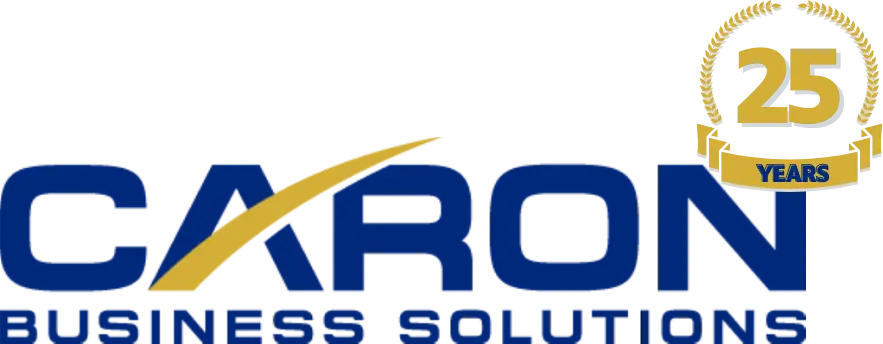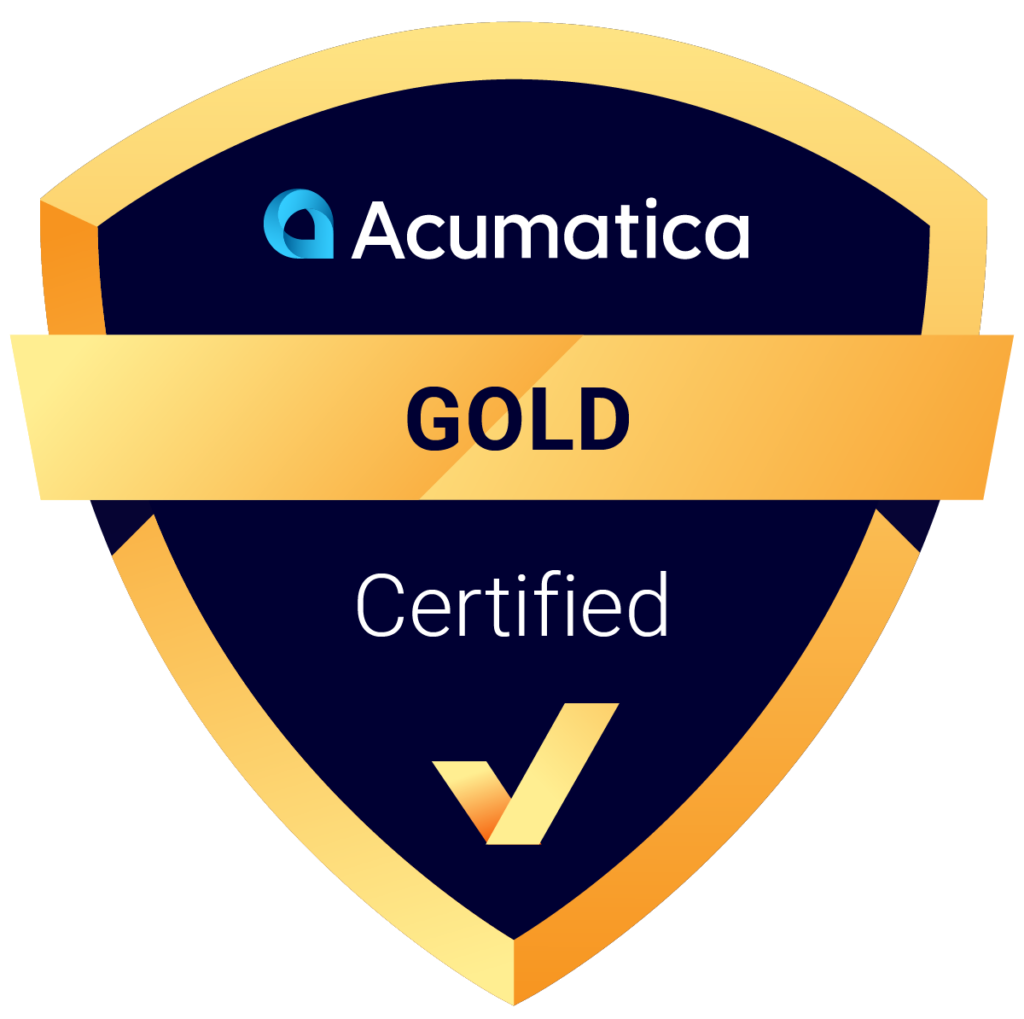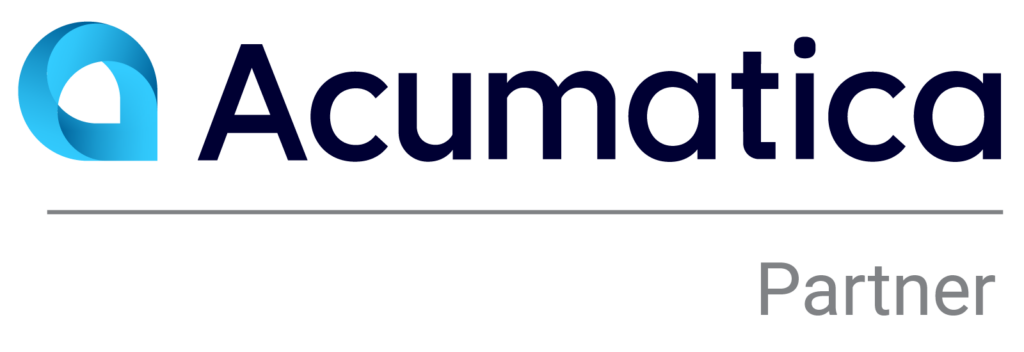A Step-by-Step Guide to Optimizing Procurement for Mining Companies
In typical times, mining organizations look to maximize value by increasing production volumes.
But these times are anything but typical, and typical ways of optimizing value have to be reexamined. Today’s focus is more likely to be on controlling costs than increasing production. One proven avenue to controlling costs is to optimize the procurement function, removing waste and promoting efficiency.
In our last post, we highlighted five ways mining companies can reduce waste and cost throughout the procurement cycle. What are practical ways a company can effect those changes? Here we provide a quick overview of the steps in the procurement process and offer tips for optimizing each stage.
Steps in the Procurement Process
A typical procurement process may include the following five steps:
- Purchase Request/Requisition
- Request for Quote
- Purchase Order
- Receipt
- Invoice
This flow will vary by company and even by individual transaction — starting with step two or three for example, or perhaps skipping the formal receipt step. Whatever your particular workflow may be, there are opportunities to save time and money and improve efficiency at each step.
Purchase Request or Requisition
Starting from the point when an employee decides “I need” goods or services, the entire purchase request process should be straightforward and easy to use. But the process also needs adequate controls to ensure your mining organization’s business rules are followed. Some features that support both include:
- Available and accessible from any device
- Budget control to ensure requested items do not exceed budget parameters
- Multi-level signature management to match your approval workflow
- Real-time stock check to ensure you’re not requesting an item in stock or on order
Request for Quote
A request for quote (RFQ) is just that, a request to one or more suppliers to provide pricing, terms, and availability for one or more products. Using RFQs can help keep costs down by managing the bidding process and obtaining competitive pricing. Features that make RFQs particularly useful can include:
- Quickly and easily send the RFQ to multiple suppliers
- Automatically send reminders to suppliers when they have not responded
- Track and compare responses from multiple suppliers
- Easily turn an RFQ into a purchase order using the selected supplier and pricing
Purchase Order
We all know what a purchase order (PO) is, but we often discount the vital importance POs play in managing a mining company’s procurement process. Purchase orders help eliminate duplicate spending, keep budgets under tighter control, allow you to track encumbrances, improve inventory management, track vendor performance over time, and serve as a legal contract between you and your suppliers. While purchase orders may seem fairly straightforward, additional functionality can turn these humble documents into invaluable efficiency tools.
- Multi-level signature management to enforce your approval workflow
- Budget control to ensure ordered items do not exceed budget parameters
- Ability to split a line into multiple delivery sites with different quantities to each
- Real-time check to see if ordered items/supplier match an open requisition so the two can be linked if appropriate
Receipts
Receipt transactions are used to record stock received from a supplier. Seemingly straightforward, receipts form a vital link in the procurement cycle by documenting when, where, and how much product was received by your organization. A receipt adds the items into your inventory making them available for use while awaiting the invoice. Checks and balances can be incorporated into the receipt process to ensure accuracy and streamline downstream processing.
- Define matching tolerances to establish the degree to which the quantity of purchased products, the cost of products, and the delivery date can deviate between the purchase order, receipts and purchase invoices
- Ability to split a received item across multiple locations/warehouses, units of measure, and statuses
- Capability to record quality check information for each item to prevent damaged goods from entering your available stock
Invoice
As the final step in the procurement cycle, the invoice needs little explanation. Invoices can be entered against purchase orders or receipt transactions, depending on your mining organization’s workflow. Some simple-sounding features can go a long way toward promoting efficiency and accuracy during the invoicing step:
- Support for multiple statuses, to allow for a formal validation process before the invoice can be paid
- Ability to link invoice to both purchase order and receipt transaction for matching
- Multi-currency support for global operations
Whether you’re a smaller high-growth mining company or a large global mining enterprise,
automating the procurement process greatly reduces the manual touchpoints, speeding the cycle and fueling efficiencies and cost savings. In fact, it’s estimated that using a procurement solution to automate purchasing steps can save 40 to 70% over the costs associated with a manual system. Caron Mining Solutions is a comprehensive, powerful, and easy-to-use mining industry ERP solution, built on Sage ERP software, that addresses the procurement challenges modern mining operations face. Learn more about Caron Mining Solutions here, or by contacting us here.




